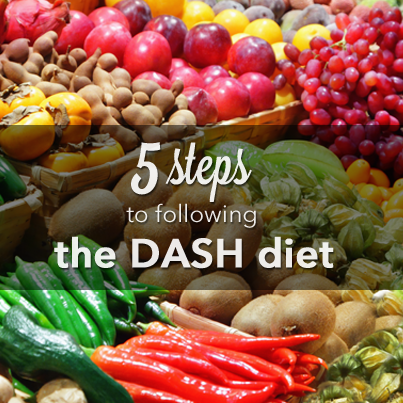If you’ve decided to try the ketogenic diet, there are a lot of things worth considering when it comes to your overall health. If you have high blood pressure, you’ll want to take a number of precautions to stay physically fit while on this diet. In fact, going on the ketogenic diet can actually lower your blood pressure in a natural fashion. Below you’ll find ways to maintain this diet if you currently experience hypertension.
1. Be careful if you’re on any medications for your blood pressure
If you decide to start the keto diet, simply keep an eye on how your body reacts to medicine that you might already be taking. This is because the medicine will actually play a greater impact on your body since this is a low-carb diet and this might actually end in low blood pressure. The effects can occur very quickly within even a few days or more of a gradual effect. Just be aware that the diet will change the way the medicine works on your body.
Having low blood pressure because of this can also be an issue. This can make you feel weak, dizzy, or tired. Be sure to consult your doctor if you feel any of these things after a switchover to the ketogenic diet. They may simply recommend you stop taking the medicine or switch you over to something completely different.
2. Be sure to consider taking extra fluid and salt
When you first start the ketogenic diet, it is important to drink plenty of fluids and consume salt, specifically in the form of bouillon. This is a type of broth that is generally considered one of the best things to start consuming when starting the diet. This is because it gives you electrolytes and helps your body remain healthy in its adapting to the new diet. Doing both of these things will help curb many of the immediate side effects normally felt by individuals who jump into the low carb ketogenic diet.
It is important to keep in mind that you should consult your doctor if you are already on medications for hypertension and plan on taking extra fluid and salt. However, the most serious side effects from switching your diet will usually disappear after a couple of weeks at most. This is because your body moves from using glucose to fat as the main fuel.
3. Keep an eye on the foods typically found by advocates of the ketogenic diet
Many items that are found in many ketogenic diet specific plans include items that can be bad for people with blood pressure that are already considered high. This includes foods like deli meat, sausage, and bacon. Additionally, there’s often times an emphasis on processed meats, cheese and other dairy that is not necessarily good for people with high blood pressure. Overall, not every menu item found in a ketogenic themed selection may be ideal for someone who already has high blood pressure.
There are ways to modify the traditional ketogenic diet to fit your needs if you want to avoid foods that could increase your blood pressure. One diet specifically called the Ketotarian diet seeks to avoid these aforementioned kinds of foods for people with higher blood pressure. The Ketotarian diet is more focused on plants and calls for much less consumption of processed foods and any artificial sweeteners. With these slight modifications to the regular ketogenic diet, the body still achieves ketosis but individuals with hypertension can pick and chooses the foods a bit more wisely to avoid further issues.
4. Overall effects of the ketogenic diet
There are a few other things to consider when starting the ketogenic diet. Many people can experience higher levels of stress for simply switching their diet to something like keto. This in turn can raise blood pressure. Your genes may also impact how your body immediately reacts to a change of diet. It is also important that you eat enough calories and follow up with your own health as you progress with the program. Do not assume that you will automatically lose weight right away or be in a better position than before.
It is important to note that roughly 75 percent of your diet is from fat while on keto. Proteins are roughly 20 percent while carbs is only 5 percent. These numbers may need to be modified based on your own blood pressure though, so they are not set in stone.
Conclusion
At the end of the day, do your homework before you jump into the ketogenic diet if you think it might impact you in a negative fashion. For most people, it is a great way to lose weight and lower blood pressure. The worst consequence of starting a new diet would be long-term negative effects, so take all of these tips into consideration and consult your doctor if need be.




